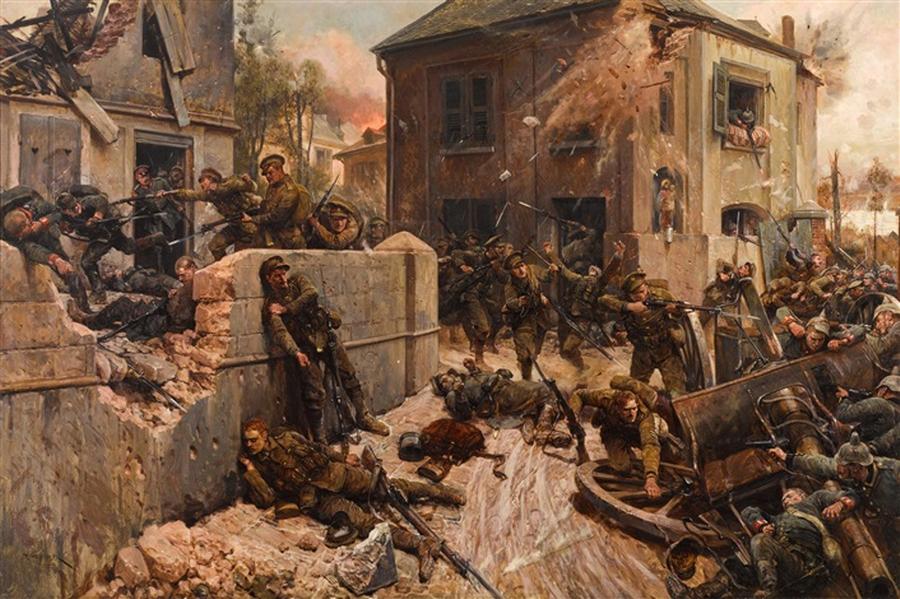Sapientia Melior Auro [Latin] - Wisdom Is Better Than Gold
Beloved, do not believe every spirit, but test the spirits to see whether they are from God, for many false prophets have gone out into the world. - 1 John 4:1
Origins and History
Christianity, one of the world’s largest religions, originated in the 1st century CE in Judea, a Roman province in present-day Israel and Palestine. It centers on the life, teachings, death, and resurrection of Jesus of Nazareth, whom Christians believe to be the Son of God and the Messiah (Christ). Emerging from Judaism, Christianity spread rapidly through the Roman Empire, fueled by the missionary work of Jesus’ apostles, notably Paul. By the 4th century, it became the state religion of Rome under Emperor Constantine. Over centuries, Christianity shaped Western civilization and spread globally through missionary activity and colonialism. Today, with approximately 2.4 billion adherents, it is the world’s largest religion, spanning diverse cultures across Europe, the Americas, Africa, and beyond.
Core Beliefs
Christianity is a monotheistic faith rooted in the belief in one God, revealed as a Trinity: Father, Son (Jesus Christ), and Holy Spirit. Key tenets include:
- Incarnation and Atonement: Jesus, fully divine and human, died on the cross to atone for humanity’s sins, offering salvation.
- Resurrection: Jesus rose from the dead, affirming victory over sin and death.
- Salvation: Faith in Jesus, often combined with good works (depending on the denomination), leads to eternal life in heaven.
- Second Coming: Jesus will return to judge the living and the dead, establishing God’s kingdom.
- Love and Ethics: Love for God and neighbor is central, guided by Jesus’ teachings, such as the Sermon on the Mount.
Christians believe the Bible, comprising the Old Testament (shared with Judaism) and the New Testament, is divinely inspired, guiding faith and practice.
Practices
Christian practices vary widely but often include:
- Worship: Communal services, typically on Sundays, involving prayer, singing, and sermons, often in churches.
- Sacraments: Rituals like Baptism (initiating believers) and the Eucharist (commemorating Jesus’ Last Supper) are central in many traditions.
- Prayer and Devotion: Personal and communal prayer, meditation, and reading of scripture.
- Festivals: Major holidays include Christmas (celebrating Jesus’ birth), Easter (commemorating his resurrection), and Pentecost (marking the descent of the Holy Spirit).
- Charity and Service: Acts of compassion, such as almsgiving and community service, reflect Jesus’ teachings on love.
Practices differ by denomination, with some emphasizing liturgical rituals and others focusing on informal worship or personal faith.
Sacred Texts
The Bible is Christianity’s primary sacred text, divided into:
- Old Testament: Hebrew scriptures, including the Torah, Prophets, and Writings, shared with Judaism.
- New Testament: Texts about Jesus’ life, teachings, and the early church, including the four Gospels (Matthew, Mark, Luke, John), Acts of the Apostles, Epistles (letters by Paul and others), and Revelation.
The Bible, originally written in Hebrew, Aramaic, and Greek, exists in numerous translations, such as the King James Version or New International Version. Some denominations include additional texts, like the Apocrypha in Catholic and Orthodox traditions. Biblical interpretation ranges from literal to allegorical, shaping theological diversity.
Denominations and Diversity
Christianity encompasses three main branches:
- Catholicism (c. 50% of Christians): Emphasizes the authority of the Pope, sacraments, and tradition alongside scripture.
- Orthodox Christianity (c. 12%): Stresses liturgical worship and apostolic tradition, with autocephalous churches (e.g., Greek, Russian Orthodox).
- Protestantism (c. 38%): Diverse denominations (e.g., Lutheran, Baptist, Pentecostal) rejecting papal authority, emphasizing scripture alone (sola scriptura) and faith alone (sola fide).
Smaller groups, like Mormons or Jehovah’s Witnesses, are often considered distinct by mainstream Christians. Practices vary globally, influenced by cultural contexts, from African Pentecostal revivals to Latin American Catholicism.
Worship and Community
Christian worship occurs in churches, ranging from grand cathedrals to simple meeting halls. Sunday services typically include prayer, hymns, scripture readings, and sermons, with some traditions incorporating elaborate liturgies. Community life emphasizes fellowship, with churches serving as centers for education, charity, and social support. The concept of the “church” extends beyond buildings to the global body of believers. In the diaspora, Christian communities maintain identity through congregations and cultural events, adapting practices like multilingual services or contemporary worship music.
Art and Cultural Practices
Christianity has profoundly shaped art and culture. Iconography, such as crucifixes and depictions of Jesus or saints, is central in Catholic and Orthodox traditions, though Protestantism often avoids religious images to prevent idolatry. Gothic cathedrals, Renaissance paintings (e.g., Michelangelo’s Sistine Chapel), and hymns like “Amazing Grace” reflect Christianity’s artistic legacy. Modern expressions include gospel music, Christian films, and digital ministries. Debates over religious imagery, such as icon veneration, persist, with some denominations embracing visual art and others favoring simplicity.
Early vs. Later Teachings
Early Christianity, rooted in Jesus’ teachings and apostolic writings, emphasized love, repentance, and the imminent return of Christ. The early church focused on communal living and spreading the Gospel. Over time, theological developments, like the Trinity doctrine (formalized at Nicaea, 325 CE), and institutional growth shaped Christianity. The Protestant Reformation (16th century) introduced sola scriptura and challenged Catholic practices, emphasizing personal faith. Modern movements, like Pentecostalism or Liberation Theology, focus on spiritual experiences or social justice, reflecting Christianity’s adaptability while retaining core beliefs in Jesus’ divinity and salvation.
Persecution and Challenges
Early Christians faced Roman persecution until Constantine’s Edict of Milan (313 CE) legalized the faith. Historically, Christians endured martyrdom and suppression, as seen in the Roman Empire or under communist regimes. Today, Christians face persecution in regions like North Korea, parts of the Middle East, and northern Nigeria, where they encounter violence or legal restrictions. Conversely, Christian-majority societies have at times marginalized religious minorities, as seen in historical anti-Semitism or modern tensions with Islam. In secular Western contexts, Christians navigate challenges of declining influence and cultural relevance.
Controversies and Modern Debates
Christianity faces debates over issues like gender roles, sexuality, and science. Interpretations of biblical teachings on women’s roles or same-sex relationships vary, with progressive churches advocating inclusivity and conservative ones upholding traditional views. The relationship between faith and science, particularly on evolution or climate change, sparks tension, though many Christians reconcile the two. Political involvement, such as evangelical support for certain policies, raises questions about church-state separation. Globally, Christianity grapples with balancing tradition with modernization, as seen in debates over women’s ordination or interfaith dialogue.
Contemporary Context
Christianity remains a global force, influencing ethics, education, and governance. In Africa and Asia, rapid growth in Pentecostal and evangelical churches reflects dynamic worship styles, while Catholicism thrives in Latin America. Digital platforms, like online services and Bible apps, have expanded access to worship and scripture. Interfaith efforts and social justice movements, inspired by Christian teachings, address global issues like poverty and human rights. Despite challenges like secularism and internal divisions, Christianity’s emphasis on love, redemption, and community continues to shape diverse societies worldwide.









